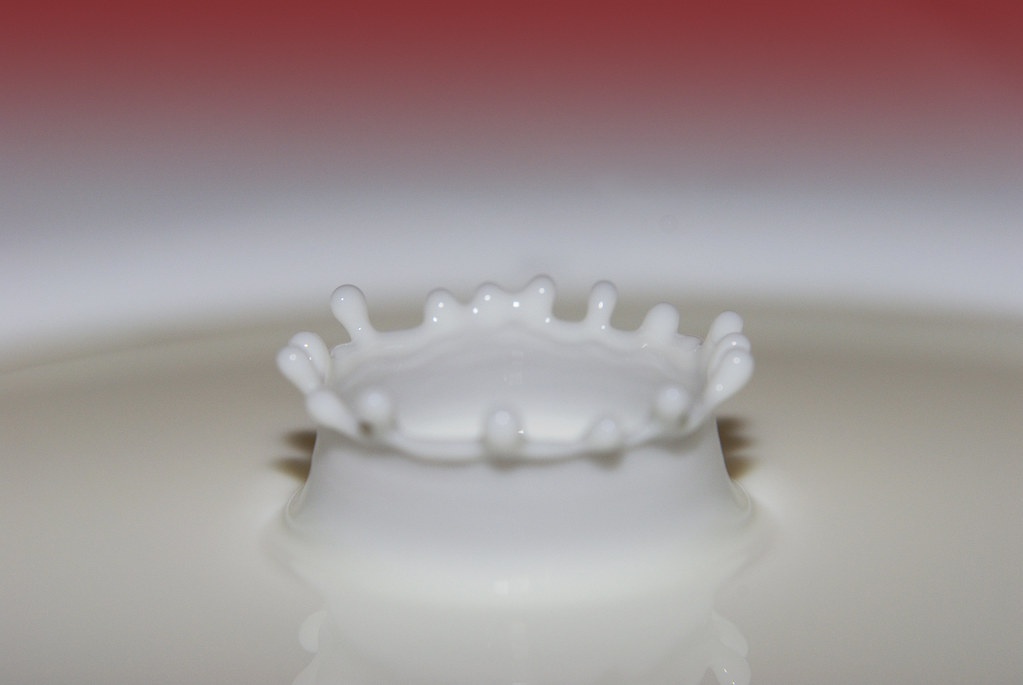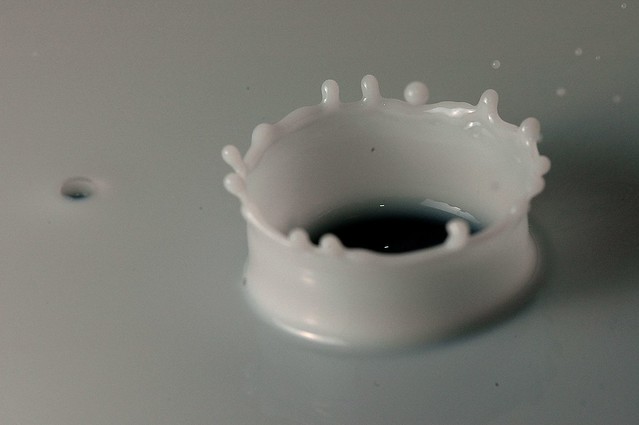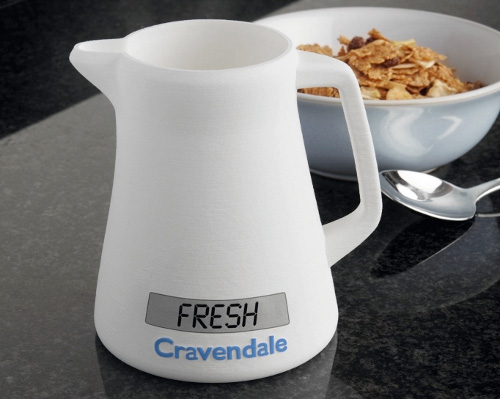A long long time ago I posted about milk prices. I suggested they were too high. Or that people should complain about them, rather than about the price of petrol. Milk, is, afterall, completely renewable.

Image Credit: Flickr
Now. I know farmers work hard to earn a living. And I hate that their prices are essentially controlled by our retail duopoly. And I know the margins are pretty low in milk farming because they are being, no pardoning of this pun, milked for every drop.
But I don’t share the dairy lobby’s angst when it comes to the price of milk (see another story where they call price drops “un-Australian”) in Coles and Woolworths (Update: Franklins and Aldi have joined the price war).
The supermarkets are having a price war. So what. This happens all the time in retail. But when it comes to milk, and the price of milk, this is a useful pawn in an economic game. Milk prices are determined by a contractual arrangement. And the contracts are up for renegotiation soon. That’s all these calls to boycott Coles and Woolies milk are. And they’re a little dumb.
Using milk as a loss leader to attract customers (and promising that they’ll wear the costs of dropping the price, rather than the farmers). Now, I am all for lobby groups looking to protect their interests. That’s how capitalism works. So I think it’s great that the dairy guys are out their suggesting Coles and Woolworths won’t wear the cost of a price drop for long. But this argument kind of misses the point of loss leading.
I’m sure the big two would love to have the farmers making no profit on their labours at all – but what they wouldn’t like – is for all the milk farmers to go out of business at once. Leaving them with no supply. Loss leading is essentially a marketing tactic, and I’d hope (perhaps naively) that the cost of dropping the price of milk to $1 a litre, is coming from the marketing side of the supermarket budget, rather than the procurement side. Choosing a staple product like milk to fight with a competitor who in just about every sense offers an identical product is a great move.
Unless there are farmers out there who like selling their milk at below cost (and already the lobby groups seem to be making noise about that being unsustainable) – I’d say the big two will wear the costs for so long as it is making them money to do so. There is no benefit to them if the milk industry dries up. There is benefit to them if they steal market share off one another. They’re targeting each other. Not the farmers. Obviously they want to cut down their overheads as much as possible – but it’s not a particularly sustainable business practice to be running your suppliers out of business in a price war. The whole idea of a loss leader is that they lose money there because nobody just goes to the Supermarket to buy milk, but they might pick one supermarket above the other if their milk is cheaper. It’s marketing. The money to do this probably comes out of a marketing budget.
If they figure out how much they’ll lose selling milk at below cost for a year (say 30c a bottle) and how much profit they’ll make per customer gained, across their whole basket or trolley of goods (say $50) then it’s a pretty simple question to answer… the idea that this will be passed on down the chain is a bit odd – especially since it’s only on their branded lines and the prices of the other, no doubt more popular milk (based on observation at the fridge in the supermarket) have not changed (as far as I know). This is just two companies trying to one up each other to get customers through the door. It’s marketing.
How to fight this battle
Calling giving the average Australian a bargain “un-Australian” is not a winsome PR strategy. It looks like whinging and whining. If the milk lobby really wants to fight against these chains, if they really want to hurt the supermarkets, they should team up with butchers and greengrocers and urge people not to boycott Coles and Woolies milk, but rather to embrace this as a chance to hit them in the hip pocket. If you want to punish them for being “Un-Australian” you should be encouraging people to snap up the cheap milk and buy nothing else from them in protest. The milk industry should embrace this as an opportunity for people to rediscover the joy of drinking milk. Start promoting making milkshakes at home. And then encourage people to get their veggies from a fruit market and their meat from a butcher – and see how long this lasts.



